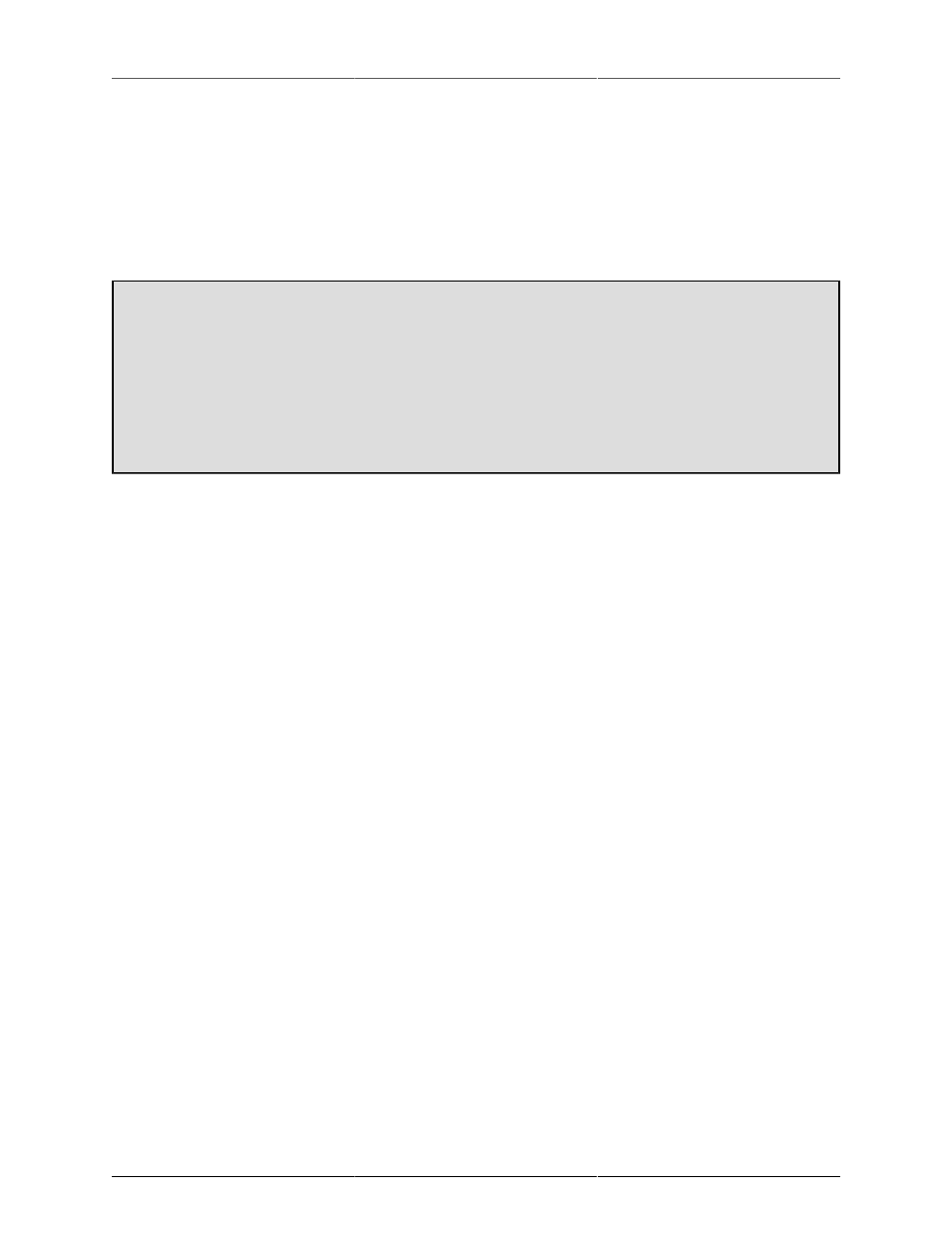Balanced sends and mic s/r mode, Aes digital audio, Clock sync – Metric Halo Mobile I/O User Manual
Page 104

ULN-8 Users Guide
104
enough of a DC offset to mute the ADC. As a result you should always disconnect the cable from the DI rather
than the instrument.
Balanced Sends and Mic S/R Mode
The ULN-8 has eight balanced sends; these mirror the analog input you have selected to feed that channel’s
A/D converter. For example, if you select the Mic input on analog channel 1, the output of that mic preamp
will be available at send 1. If you select the Line input on analog channel 1, the Line in signal will be available
at send 1. This allows you to use the sends as a splitter to feed a mixing console, recorder or other equipment.
Using analog inserts on the ULN-8
The “Mic S/R” input mode creates pre-converter inserts on a per-channel basis by utilizing the Mic input
as the channel input and Line input as the insert return. For example, to insert a compressor on Analog 1:
1. Set Analog 1’s input type to Mic S/R
2. Connect your signal (mic or line level) to Mic input 1
3. Connect Send 1 to your compressor’s input
4. Connect your compressor’s output to Line input 1
You have now inserted your compressor between the output of the mic preamp and the A/D converter.
You cannot route signal from a DAW channel to the balanced sends; to route signals from your computer to
the D/A converters, you must use the Line/Monitor outputs.
AES Digital Audio
The ULN-8 supports 8 channels of digital audio over copper-based connections. The native format of the
ULN-8 is AES, but can be converted to SPDIF or optical using third-party adapters. The ULN-8 operates in
single-wire mode, providing 8 channels of digital audio at all sample rates. The ULN-8’s digital I/O connections
are made using industry standard Tascam/Digidesign pinout DB25 cables. If you want to connect the ULN-8
to a device that uses the Yamaha DB25 pinout, you will need to source a DB25 crossover cable.
Wiring details for this connector can be found in the
appendix.
Clock Sync
Clock sync is a serious consideration in any digital audio system.
If you are recording analog sources with ULN-8, you can simply use the unit’s high-quality internal clock
source to drive the converters. This is the easiest case to deal with.
If you need to interface with other devices digitally or ensure sample accurate sync with video sources, the
extensive clock synchronization capabilities of ULN-8 will prove to be more reliable (and better sounding)
than most higher priced alternatives.
There are three different ways to get external clock information into the unit:
1. Sending a 1x word clock signal into the WC Input BNC.
2. Sending a 256x word clock signal into the WC Input BNC.
3. Sending an AES signal into the Digital input.
The BNC word clock input port is a 75 Ohm terminated coaxial input. It should be driven by a 75 Ohm source
driver and interconnected with 75 Ohm coaxial cable. If you do not use proper cabling and source drive, you
will introduce reflections on the word clock cable which will propagate jitter into the recovered word clock.
This is true whether you use the port as a 1x WC input or a 256x WC input, but becomes more important
when the clock signal is 256x.